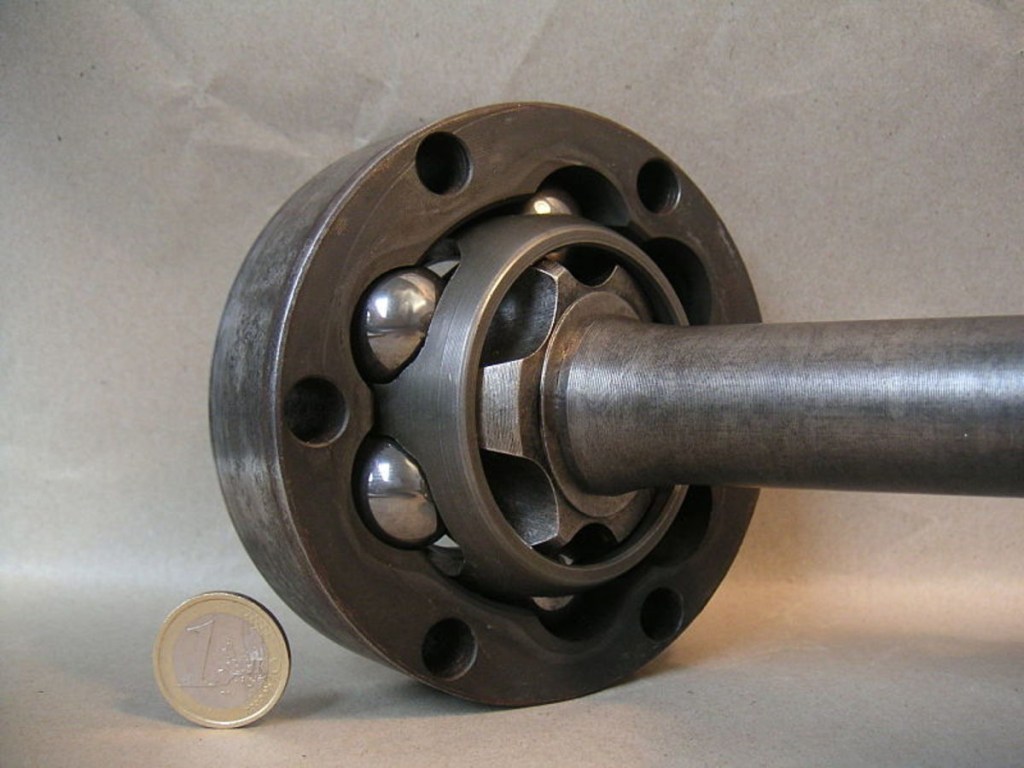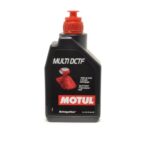Slow Acceleration Manual Transmission 1998 Ford Ranger 5 Speed: A Comprehensive Review
Introduction:
3 Picture Gallery:



The 1998 Ford Ranger 5 Speed is a classic pickup truck that has gained popularity among truck enthusiasts over the years. However, one common issue that some owners encounter is the slow acceleration experienced with the manual transmission. In this review, we will delve into the various aspects of the 1998 Ford Ranger 5 Speed, focusing on the slow acceleration problem, its causes, and potential solutions.
Overview:

Image Source: saymedia-content.com
The Ford Ranger, known for its durability and reliability, has been a favorite choice for individuals seeking a sturdy and versatile truck. The 1998 model is equipped with a manual transmission, providing drivers with full control over the vehicle’s performance. Unfortunately, some owners have reported a sluggish acceleration, affecting the overall driving experience.
Purpose of the Manual:

Image Source: saymedia-content.com
The manual for the 1998 Ford Ranger 5 Speed aims to provide owners with a comprehensive guide on how to operate and maintain the vehicle. It covers various aspects, including troubleshooting, maintenance, and specifications, ensuring that owners can address common issues such as slow acceleration.
Manual’s Structure and Organization:
The manual is divided into several sections, each focusing on different aspects of the vehicle. It begins with an introduction and overview, followed by detailed instructions on controlling the vehicle, understanding its functionalities, and maintaining the various fluid capacities. Additionally, the manual provides information on different models, technologies, and user-friendly features.
Importance of the Manual:

Image Source: saymedia-content.com
The manual serves as a crucial resource for owners, offering valuable information on how to address common issues and maximize the performance of the 1998 Ford Ranger 5 Speed. It empowers owners to troubleshoot problems, providing step-by-step instructions and illustrations to ensure a seamless user experience.
Body Paragraphs:
What is Slow Acceleration in the 1998 Ford Ranger 5 Speed?
Slow acceleration refers to the delay experienced when the driver presses the gas pedal, resulting in a delayed response and sluggish acceleration. This issue can be frustrating, particularly for those who rely on their truck for work or regular commuting.
Who is Affected by Slow Acceleration?
Owners of the 1998 Ford Ranger 5 Speed with manual transmission are primarily affected by the slow acceleration issue. However, it is important to note that not all owners experience this problem, as various factors can contribute to the occurrence of slow acceleration.
When Does Slow Acceleration Occur?
Slow acceleration can occur in various situations, including when the vehicle is stationary and attempts to accelerate, or when driving at lower speeds and attempting to increase speed. It is important to identify the specific scenarios in which slow acceleration is experienced to determine the potential causes and solutions.
Where Does Slow Acceleration Happen?
Slow acceleration can happen anywhere, whether on city roads, highways, or off-road terrains. It is not limited to specific driving conditions, making it crucial to address the issue to ensure a smooth and enjoyable driving experience in any location.
Why Does Slow Acceleration Occur?
There can be several reasons behind the slow acceleration issue in the 1998 Ford Ranger 5 Speed. Some potential causes include a faulty throttle position sensor, clogged fuel injectors, a malfunctioning mass airflow sensor, or a worn-out clutch. Identifying the root cause of the problem is vital for effective troubleshooting.
How Can Slow Acceleration Be Resolved?
Resolving the slow acceleration issue in the 1998 Ford Ranger 5 Speed requires thorough troubleshooting and potential repairs. Some potential solutions include cleaning or replacing the throttle position sensor, performing a fuel system cleaning, checking and replacing the mass airflow sensor, or inspecting and replacing the clutch if necessary.
Frequently Asked Questions:
Q: Can the slow acceleration issue be fixed without professional help?
A: In some cases, minor issues causing slow acceleration can be resolved by following the troubleshooting steps outlined in the manual. However, for complex problems or if you are unsure, it is always recommended to seek professional assistance.
Q: Are there any DIY methods to improve the acceleration?
A: While there are no foolproof DIY methods to guarantee improved acceleration, routine maintenance such as regular oil changes, air filter replacements, and fuel system cleanings can contribute to a smoother driving experience.
Q: Is the slow acceleration issue specific to the 1998 Ford Ranger 5 Speed?
A: The slow acceleration issue is not exclusive to the 1998 Ford Ranger 5 Speed. It can be encountered in various vehicles, regardless of make and model, due to a multitude of factors. Proper maintenance and timely repairs can help mitigate this issue.
Transition Paragraphs:
Key Features:
The 1998 Ford Ranger 5 Speed boasts several key features that make it a desirable choice for truck enthusiasts. These features include a powerful engine, sturdy construction, off-road capabilities, and a spacious interior.
Controls and Functionalities:
The manual transmission of the 1998 Ford Ranger 5 Speed offers precise control over the vehicle’s speed and performance. Alongside the manual transmission, the truck is equipped with various controls, including the gear shift lever, clutch pedal, accelerator pedal, and brake pedal, enabling drivers to maneuver the vehicle with ease.
Fluid Capacities:
It is essential for owners to be aware of the fluid capacities of the 1998 Ford Ranger 5 Speed to ensure proper maintenance. The manual provides detailed information on the recommended fluid types, quantities, and intervals for oil, coolant, brake fluid, and transmission fluid.
Various Models and Technologies:
The 1998 Ford Ranger 5 Speed is available in different models, each offering unique features and specifications. The manual provides an in-depth comparison of these models, allowing owners to select the one that best fits their needs. Additionally, it highlights the various technologies incorporated into the vehicle, enhancing performance and safety.
Illustration/Example Paragraphs:
User-Friendly Features:
The 1998 Ford Ranger 5 Speed prioritizes user-friendliness, with features designed to simplify the driving experience. These include power steering, comfortable seating, easy-to-read gauges, and an intuitive dashboard layout. The manual provides detailed instructions on utilizing these features effectively.
Tire Maintenance:
Proper tire maintenance is crucial for optimal performance and safety. The manual includes information on tire pressure, rotation, and tread depth, ensuring that owners can maintain their tires in top condition. It also provides guidance on selecting the most suitable tires for different driving conditions.
Interior and Exterior:
The interior and exterior design of the 1998 Ford Ranger 5 Speed contribute to its overall appeal. The manual showcases the various features and options available, such as premium upholstery, audio systems, and exterior enhancements. It also provides guidance on cleaning and maintaining the interior and exterior surfaces.
Towing Capacities:
For those requiring towing capabilities, the 1998 Ford Ranger 5 Speed offers impressive towing capacities. The manual provides detailed instructions on connecting trailers, selecting appropriate hitches, and ensuring safe towing practices. It also highlights the importance of maintaining the vehicle’s transmission and brakes when towing heavy loads.
Comparison/Contrast Paragraphs:
Additional Resources:
In addition to the manual, the 1998 Ford Ranger 5 Speed offers access to various resources for owners. These include online forums, official websites, and community groups where owners can seek advice, share experiences, and find additional troubleshooting guides specific to their vehicle.
Specifications and Accessories:
The manual provides a comprehensive overview of the specifications of the 1998 Ford Ranger 5 Speed, including engine options, payload capacities, and dimensions. It also highlights the wide range of accessories available to enhance the truck’s functionality and aesthetics.
Updates and Revisions:
Over time, the manual for the 1998 Ford Ranger 5 Speed may undergo updates and revisions to address common issues and incorporate new information. It is advisable to keep track of these updates to ensure that owners have the most up-to-date information regarding their vehicle.
Safety:
The manual emphasizes the importance of safety in operating the 1998 Ford Ranger 5 Speed. It provides guidelines on safe driving practices, securing cargo, and using safety features such as seat belts and airbags. Additionally, it offers tips on handling emergency situations and understanding the vehicle’s safety systems.
Conclusion:
In conclusion, the 1998 Ford Ranger 5 Speed with manual transmission is a reliable and versatile pickup truck. While the slow acceleration issue can be frustrating, it is not an insurmountable problem. By referring to the comprehensive manual, owners can identify the causes of slow acceleration and implement the necessary solutions. The manual’s step-by-step instructions, illustrations,
This post topic: Manual



